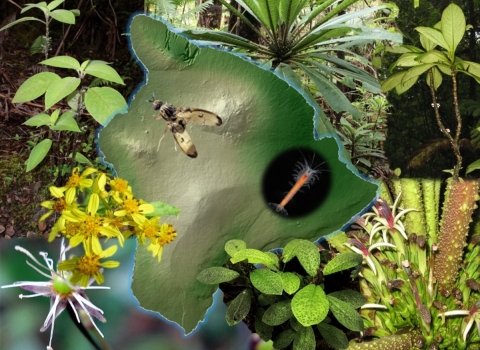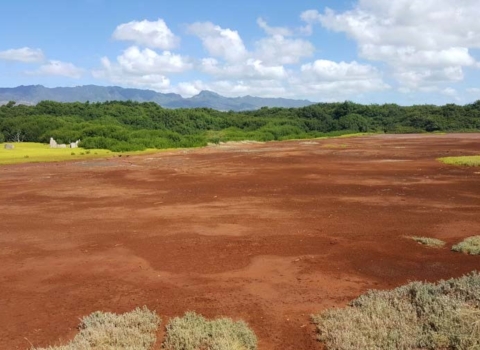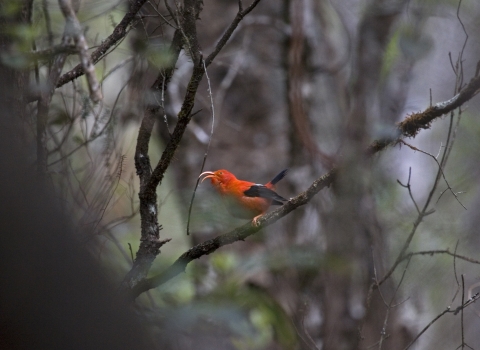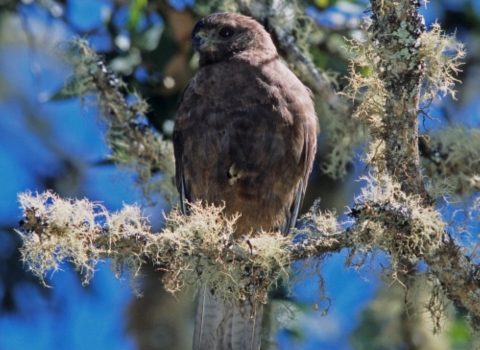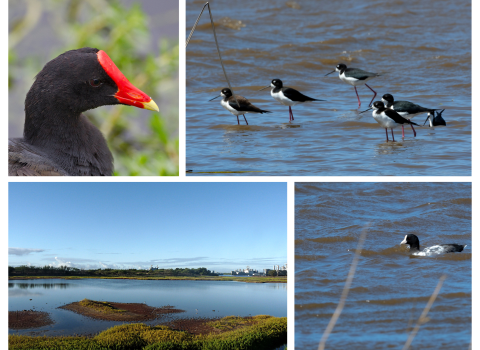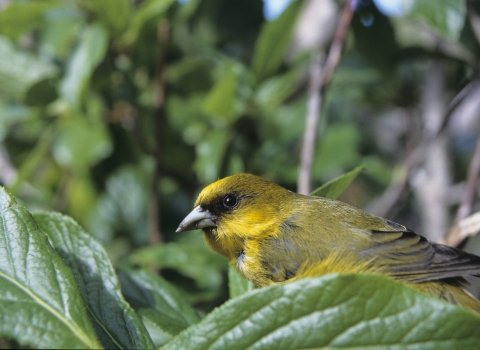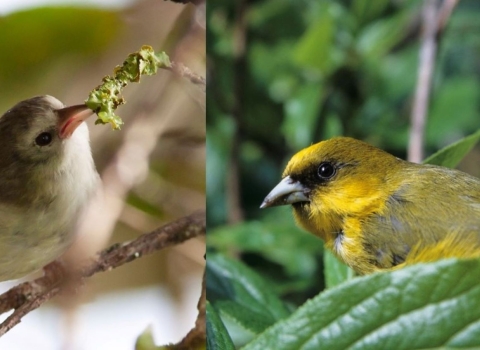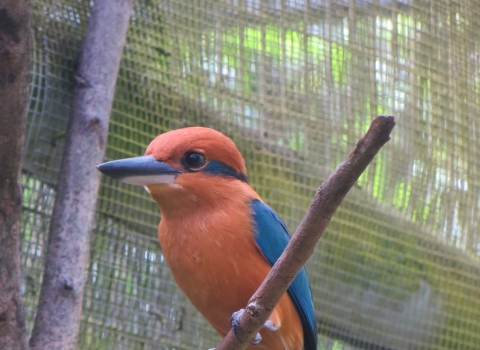Projects and Research
The recovery of listed species and the habitats upon which they depend is the ultimate purpose of the endangered species program and the guiding principle for all of our work. Recovery of imperiled species depends on strong partnerships between Federal, State, and private organizations, and individuals.
ʻAlalā or Hawaiian crow (Corvus hawaiiensis) has been extinct in the wild since 2002, living only in captivity at the Keauhou (Hawaiʻi Island) and Maui Bird Conservation Centers (Maui), which are managed by San Diego Zoo Wildlife Alliance Hawai‘i Endangered Bird Conservation Program. The ʻAlāla Project, a partnership between the U.S. Fish and Wildlife Service Pacific Islands Fish and Wildlife...
In March 2024, the U.S. Fish and Wildlife (Service) published a final rulemaking decision for 14 federally listed species on the island of Hawai‘i. Critical habitat was designated for 12 of the species encompassing approximately 119,326 acres of federal, state, and private lands on the Island of Hawai‘i. The designation...
The Natural Resource Trustees for the Chevron Pipeline Oil Spill of 1996 are proposing to use approximately $850,000 for the construction of an 8.8 acre wetland project to enhance the Pouhala Marsh wildlife sanctuary for the benefit of endangered waterbirds breeding in Oʻahu, and to fund Trustee Council administration and oversight. The funds are part of the settlement to restore...
The U.S. Fish and Wildlife Service is proposing critical habitat for ʻiʻiwi (scarlet honeycreeper, Drepanis coccinea) on the Hawaiian Islands of Kauaʻi, Maui, and Hawaiʻi. ʻIʻiwi is listed as threatened under the Endangered Species Act and the designation of critical habitat will help focus federal, state, and local conservation efforts to manage and protect ʻiʻiwi....
In January 2020, the U.S. Fish and Wildlife Service published a final rule removing the ‘io (Hawaiian hawk) from the Federal List of Endangered and Threatened Wildlife. The ‘io was listed in 1967. Since then, improved monitoring, partner-led landscape-level conservation efforts and the species’ demonstrated resilience now indicate it no longer meets the definition of threatened or endangered....
Background
From 1947 until 1995, Oʻahu Sugar Company, Ltd. (Oahu Sugar), a...
Hawai‘i's endemic forest birds are facing an immediate extinction crisis. Avian malaria, a disease transmitted by invasive mosquitoes, is driving the extinction of Hawai‘i's forest birds and for some species a single bite from an infected mosquito can be deadly. Once, there were more than 50 species of honeycreepers spread throughout the islands; however, today...
Project Summary
Hawaiʻi’s native forest bird species have undergone precipitous declines and extinctions since the arrival of humans to the archipelago, particularly Europeans; 39 of the 56 native Hawaiian honeycreepers have gone extinct and 11 of the...
Endemic to the forest of Guam, the sihek (Guam kingfisher, Todiramphus cinnamominus) is striking in appearance. Its body is adorned with cinnamon-orange feathers, while its wings and tail shine in a bright blue. A black streak also dashes from its dark eyes towards the back of its head. It has a long, heavy bill that indicates its predatory feeding behavior, as sihek feeds entirely on...




